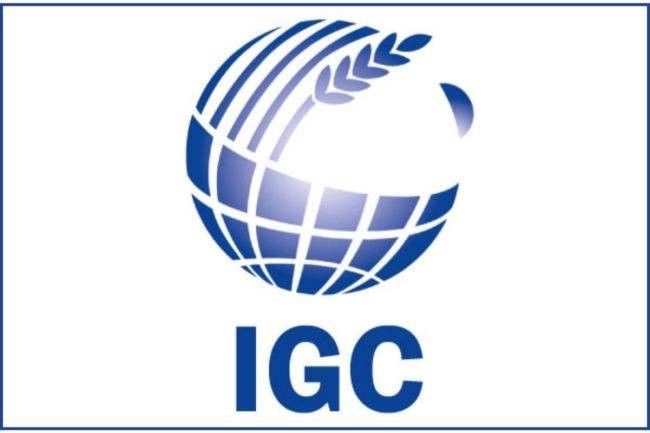 Current market reports are in sync with USDA reports
Current market reports are in sync with USDA reports
Jan 21, 2022
LONDON, UK – This morning, more than two dozen international delegations and supporting organizations met virtually as part of the 54th Council Session of the International Grains Council (IGC). USA Rice was represented by Peter Bachmann, vice president of international trade policy, who was one of just four participating in the meetings as a private sector advisor to the U.S. delegation.
The session covered market situation and outlook reports for rice, wheat, corn, and soybeans, and included statements from member organizations and delegations on the continued impact of COVID-19 on trade, high fertilizer costs, and continuing high freight rates. The Council reported that rice trade in 2022 is forecast to decrease slightly from 2021 levels with India remaining the world’s leading exporter.
The day prior to the Council Session meetings, there was a Council-sponsored virtual grains forum on grains sector resilience and contingency plans to anticipate shocks. Presentations were given by representatives of the private sector, international organizations including the World Trade Organization and the Food and Agriculture Organization, a representative from the U.S. Department of Agriculture’s Agricultural Marketing Service, and several foreign governments.
“The IGC continues to be an important opportunity for world grain analysts to gather and discuss issues that transcend commodities and regions,” said Bachmann. “The reports given by the IGC staff strongly reinforce the analyses published regularly by our own analysts at the U.S. Department of Agriculture, such as the World Agricultural Supply and Demand Estimates (WASDE) reports or the Foreign Agricultural Service’s Global Agriculture Information Network (GAIN) reports.”
According to the IGC, it was unsurprising that global rice prices remained relatively unmoved in comparison to the significant boosts seen across other grains. The U.S. rice prices remained the highest of the major world exporters, while throughout the year, Indian, Thai, and Vietnamese prices somewhat converged, ending 2022 with India at the bottom of the price charts.
The IGC also confirmed that India is expected to see another record year for production and acknowledged the increased minimum price support in place for rice and strong rains during the Rabi planting season, however their share of global exports is expected to fall slightly in 2022, with gains primarily for Thailand.
“It will be interesting to see what the 2022 grain production charts look like at the 55th Council Session when they meet next in June,” said Bachmann. “With lots of question marks over planting decisions because of high fertilizer prices, freight delays, fluctuating commodity prices, and drought in some parts of the U.S. and around the world, a shift of the winds could leave production estimates looking dramatically different than they do right now.”
The IGC is an intergovernmental organization that seeks to further international cooperation in grains trade; promote expansion, openness, and fairness in the grains sector; and contribute to grain market stability and enhance world food security.